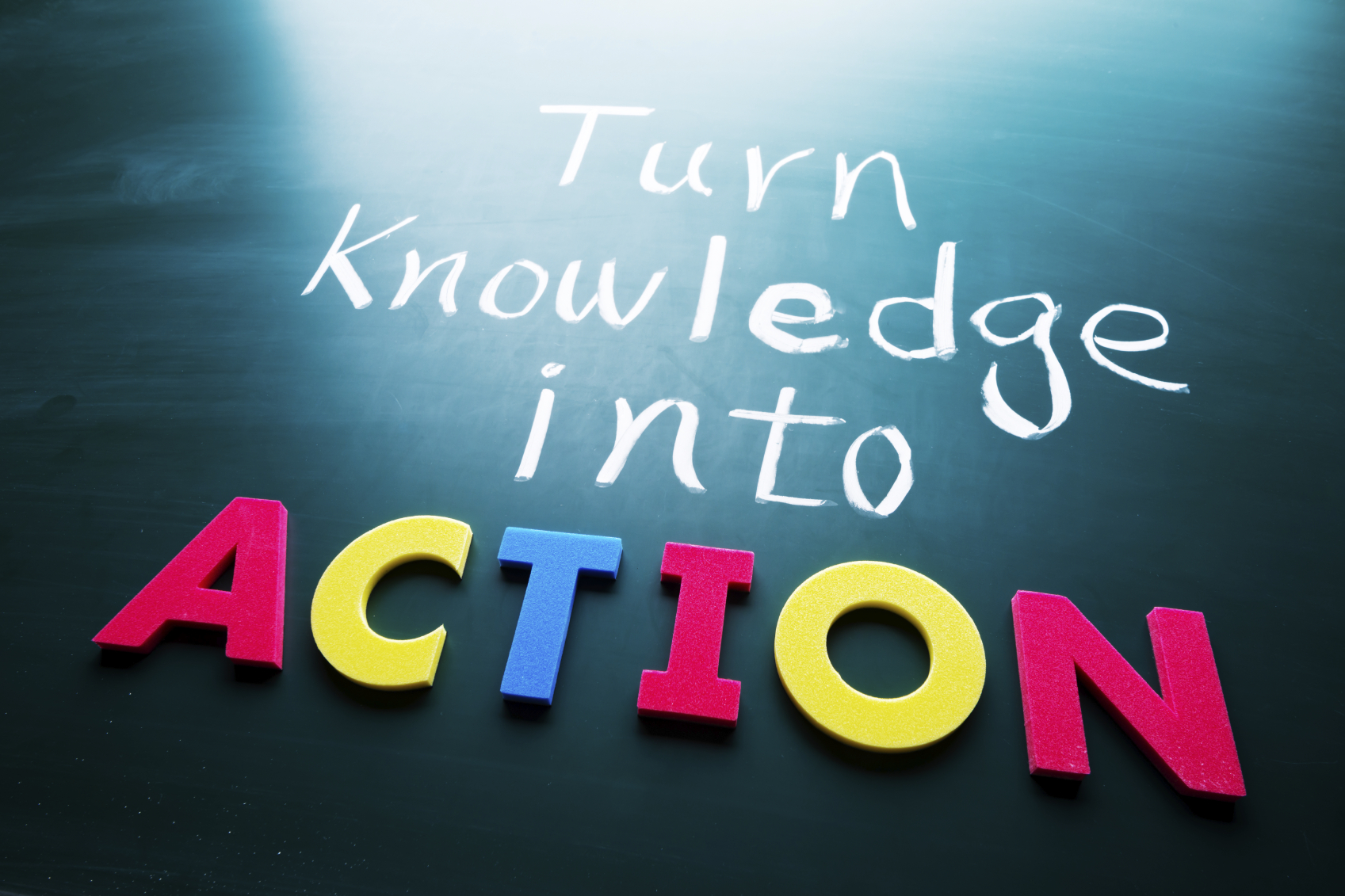What is the Relationship Between Activity and Results?

Many people are running around crazy busy but are not really effective or productive. Being productive and producing amazing results requires a relentless focus on what really matters most in the organization. Productivity is really all about doing the right things, for the right reasons, and doing them in order of priority.
You will achieve positive results by doing the things that really matter most in your business and getting the right people, the A players, in the right positions to achieve your goals. Achievement is simply the result of doing the “right things” consistently over a sustained period of time. Doing the “right things” is a direct result of your personal choice. Your future is built on the choices you make, day by day, moment by moment. Every one of those choices should be about moving you closer to your overarching goals.
When you spend your time doing the right things and doing them in order of priority, you can dramatically increase your productivity! How do most people today improve their productivity? They put in more and more hours! Working longer and harder is never the right answer because it only depletes our energy and produces little, real, or impactful results.
Time is the limiting factor – it is the scarcest resource- totally irreplaceable.
This challenging new normal is going to quickly weed out the weak and ineffective organizations and doing the right things matters more now than ever before.
As a leader or manager in your organization being productive is more about:
Planning and Goal Setting – Think Time
Communicating your goals and plans.
Gaining commitment from your team to execute your goals
Relationship Building
Delegation and Follow-up
Coaching and Training
Personal Development
Preparation and Prevention
Reporting, tracking & special projects.
My favorite quote from Peter Drucker is “There’s nothing so useless as doing efficiently that which should not be done at all.” I love this quote because I have seen people on a daily basis, in organizations I work with, being efficient doing things they should not be doing at all. You do not have to handle every crisis, interruption, or inbox item. Be very, very selective about what you are giving your time and attention to. Say yes to the right things and no to everything else.
The shift begins when you start focusing on “what really matters most” which is effective operations and clear strategy.
Peter Drucker said over and over again “Don’t confuse motion with progress.” Just because you are doing things all day long does not mean that you are moving the needle any further. When in doubt, ask your self Peter Drucker’s question, “What can I and only I do, that if done well, will make a real difference?” It is one of the best of all questions for achieving personal effectiveness. What can you, and only you do, that if done well, can make a real difference?
For more information, download this Getting Results Through Others Brochure – Click Here.





Recent Comments